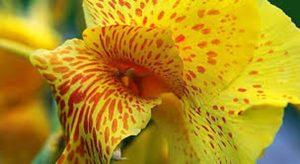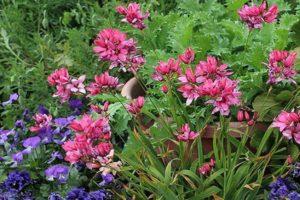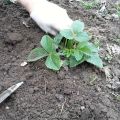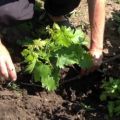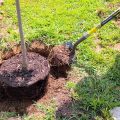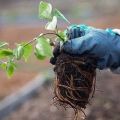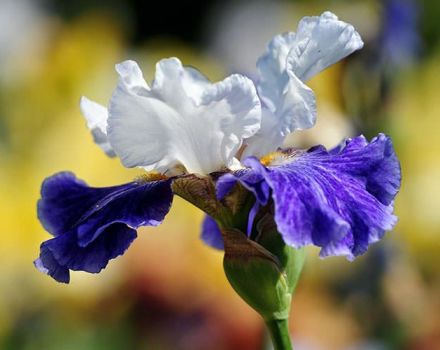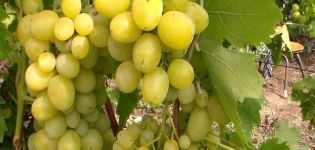When is it better to transplant astilba - in spring or autumn and how to do it right
When is it better to transplant astilbe: spring or autumn? A perennial plant requires a change of place of growth every 4 years. Timing is important. In the spring, at the beginning of the growing season, the survival rate of the bush is lower than when transplanted for the winter. Many gardeners transplant the bush at the beginning of budding, and at the same time it takes root.
When does a plant require a transplant
Novice florists grow astilba and notice that the plant blooms worse or withers, and wonder. Can an adult bush be transplanted to a new location? The flower is transplanted in the following cases:
- every 3-4 years it is recommended to change the place of growth;
- under unfavorable conditions;
- when the soil is depleted;
- when breeding a bush by division.
What is needed
For transplanting a bush, it is necessary to prepare materials and a new site in advance.
Materials and fixtures
To carry out digging and transplanting, you need a certain device:
- shovel;
- scissors;
- mineral fertilizers;
- gloves.
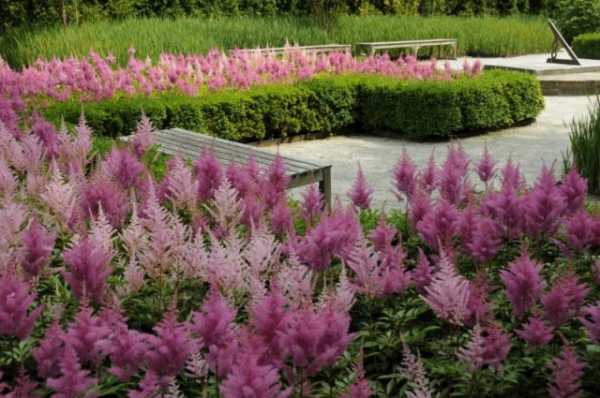
Preparing the soil
The selected area is dug up and all weeds and stones are removed. They form pits 15 cm deep, and 2 times the diameter of the plant root. Organic or mineral fertilizer is applied to each hole and watered with water.
Where better to plant a flower
A shady area is chosen for a new place; it takes root well under trees and next to bushes. The flower prefers shady places without direct sunlight. The place should be sheltered from a draft, constant moisture and heat should be maintained in it.
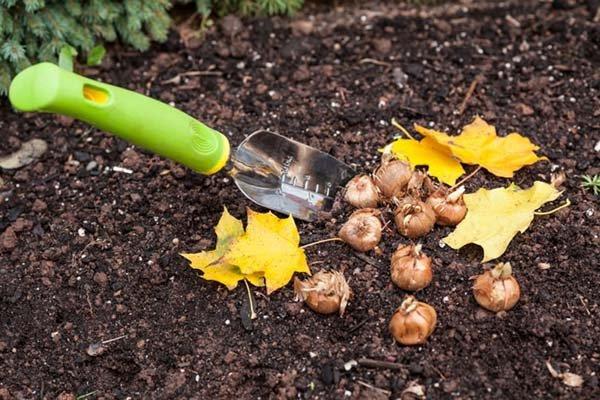
Terms of planting works
For transplantation, choose spring before the bud ovary begins or autumn, when the flowers completely fade. Some gardeners transplant astilba during the budding period; it takes root if digging was carried out after the formation of 5-6 buds. In spring, the plant is dug up in May, and in autumn in September.
When is it better to transplant astilba: in spring or in autumn?
If astilba is transplanted in the spring, then flowering will begin later than usual, and with poor survival rate, the flower will not bloom at all, and may die.
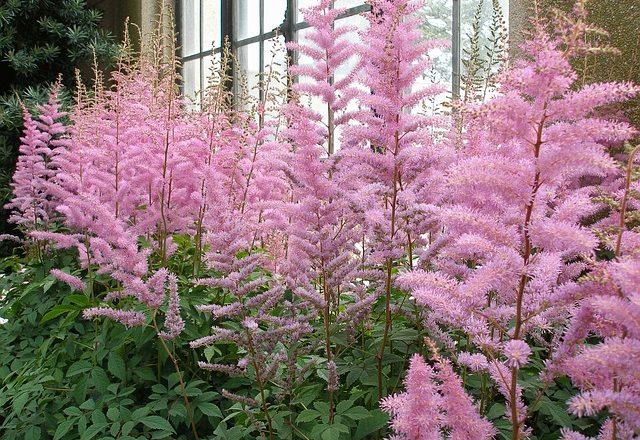
When you dig up and divide the bush in the fall in the spring, the plant will bloom as usual.During the winter, the roots nourish a sufficient amount of minerals to form strong stems and inflorescences. In the southern regions, excavation falls in October.
Step-by-step technology for planting in open ground
To change the place of growth of a flower, planting technologies are followed:
- The bush is dug up, grabbing the roots of the plant.
- The plant is transferred to a new site.
- The plant is deepened into the prepared holes.
- It is sprinkled with soil in layers, compacting each layer with your hands.
- The plant is covered so that there are no roots left on the surface.
- Astilba is poured with water.
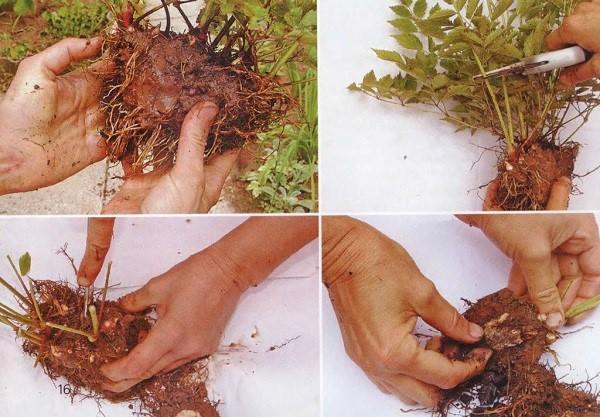
How to care for a flower after
After transplanting, the flower requires enhanced care. It is important to make sure that the bush takes root in another place.
We organize the right watering
In the first week, astilba is heavily watered. 5-6 liters of water are spent on one bush. Watering is repeated twice a week. Further, irrigation is reduced to 1 time per week.
We will feed on time
How to feed the bush in a new place? For feeding, use mineral fertilizers containing nitrogen, phosphorus and potassium. Organic fertilizers are also good. When transferred to a new place, the soil is fertilized. Re-feeding is carried out in the fall, before preparing for wintering.
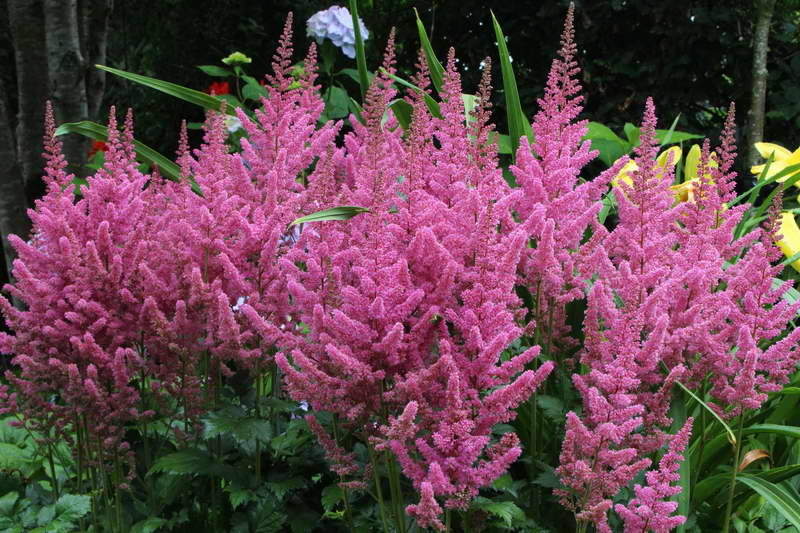
We make form cutting
In order for the bush to be lush and not grow into the sides, it is necessary to cut off the side shoots. This will not only improve the quality of the plant, but also give a lush bloom. Astilba will not take up much space and interfere with the development of neighboring cultures.
Prevention of plants from insects and disease
Astilba has strong immunity to infections, fungi and harmful insects. She is susceptible to attack when immunity is reduced. This happens with improper care, when changing the place of growth, when the plant is overflowing and direct sunlight hits it.
To avoid diseases, after transplantation, it is necessary to carry out preventive treatment of the plant. For this, insecticides and fungicides are used.
Important! Spraying is recommended before flowering.
Mulching
Mulching astilba during the growing season helps to retain moisture and protects against attack by harmful insects. For this, fallen leaves, straw, moss, and special materials are used.
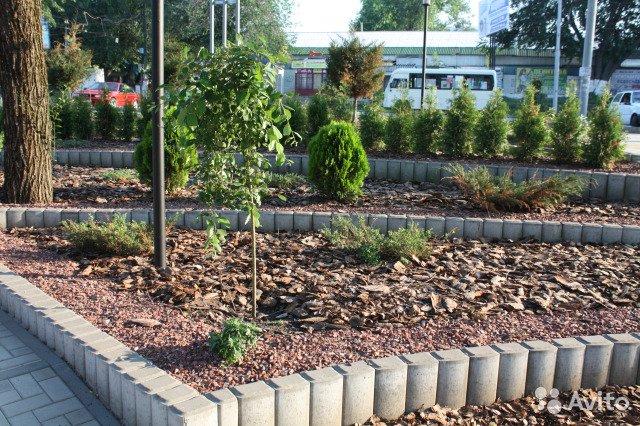
Since the flower is perennial, it must be mulched for the winter. It tolerates frost well, but there is a risk of damage to the roots, after which the astilbe dies. After cutting off the upper shoots, part of the roots is removed and covered with fallen leaves or moss. The top is covered with a special breathable fabric.
The nuances of reproduction of a bush by division - how to plant and care for a seedling
After digging up, the flower can be propagated. For this, the bush is divided into 3-4 parts with scissors. It is recommended to renew the plant every 4 years. This can be understood when astilba produces small flowers and not very abundant flowering. Daughter flowers are planted in wells prepared in advance. The distance between the bushes should be 30 cm, and between the rows 50 cm. A mineral or organic fertilizer is added to each hole, then the plant is planted and the roots are buried with soil. Pour water on top.
The first 2 weeks after planting, seedlings require increased watering every 3 days. Then it is reduced to 1 time per week. It is also recommended to carry out preventive treatment against pests and infections.
